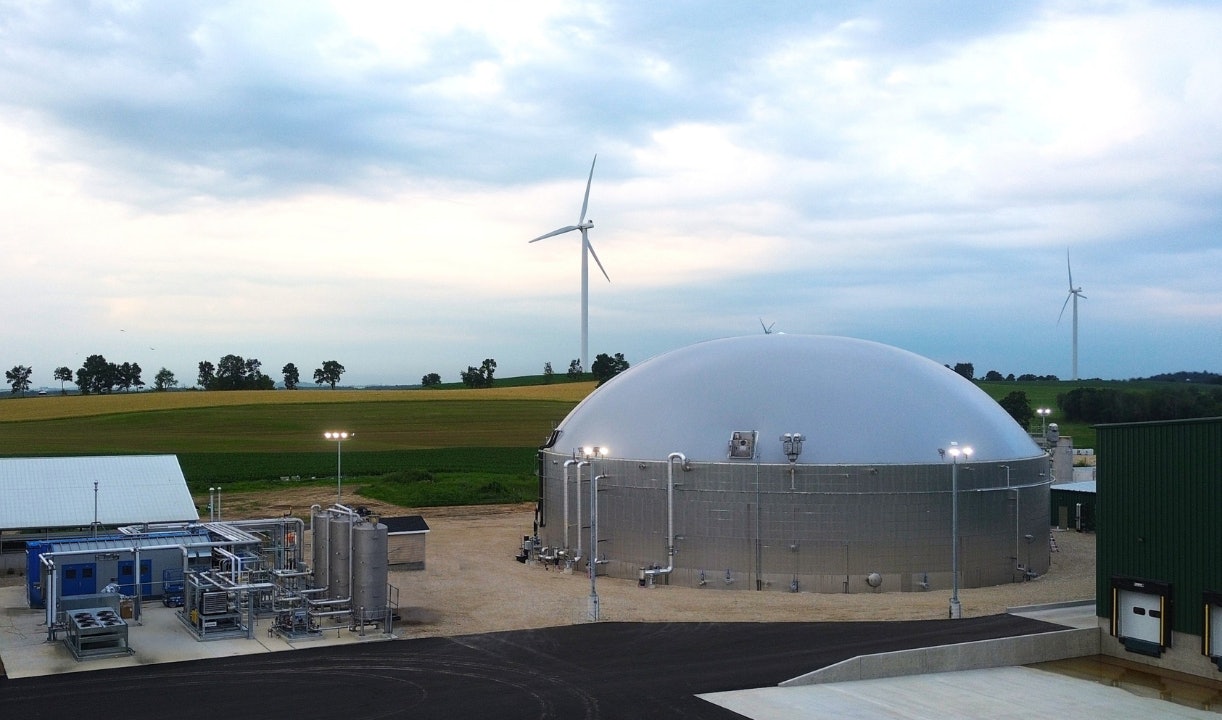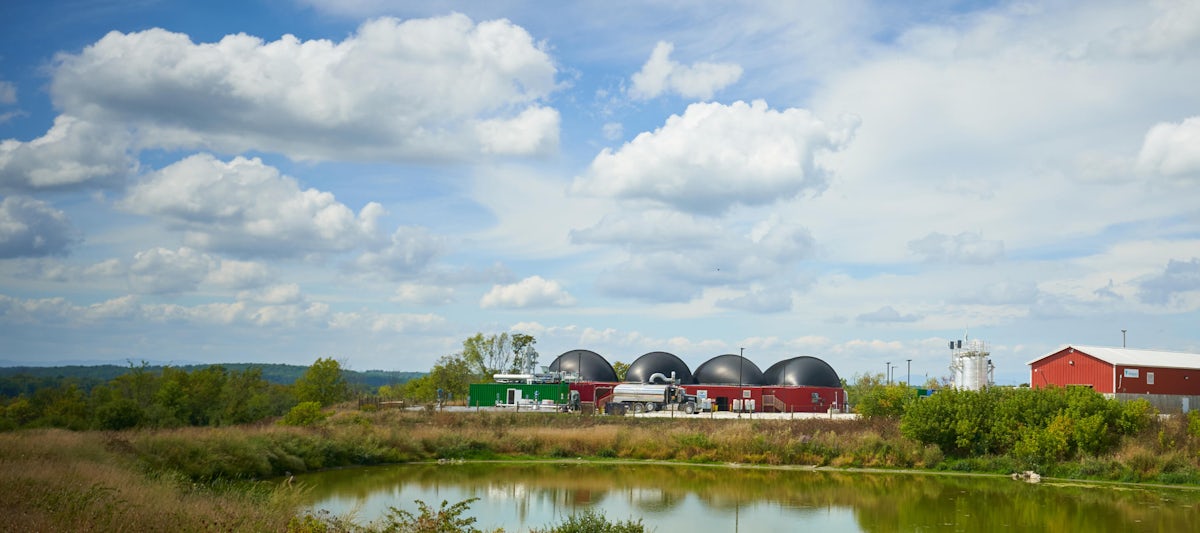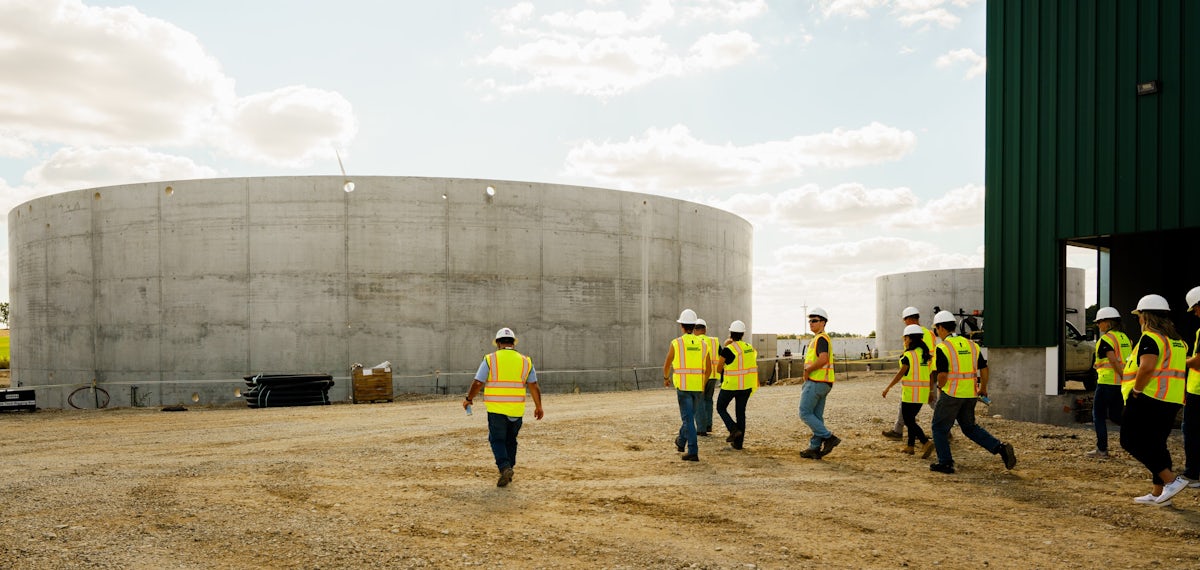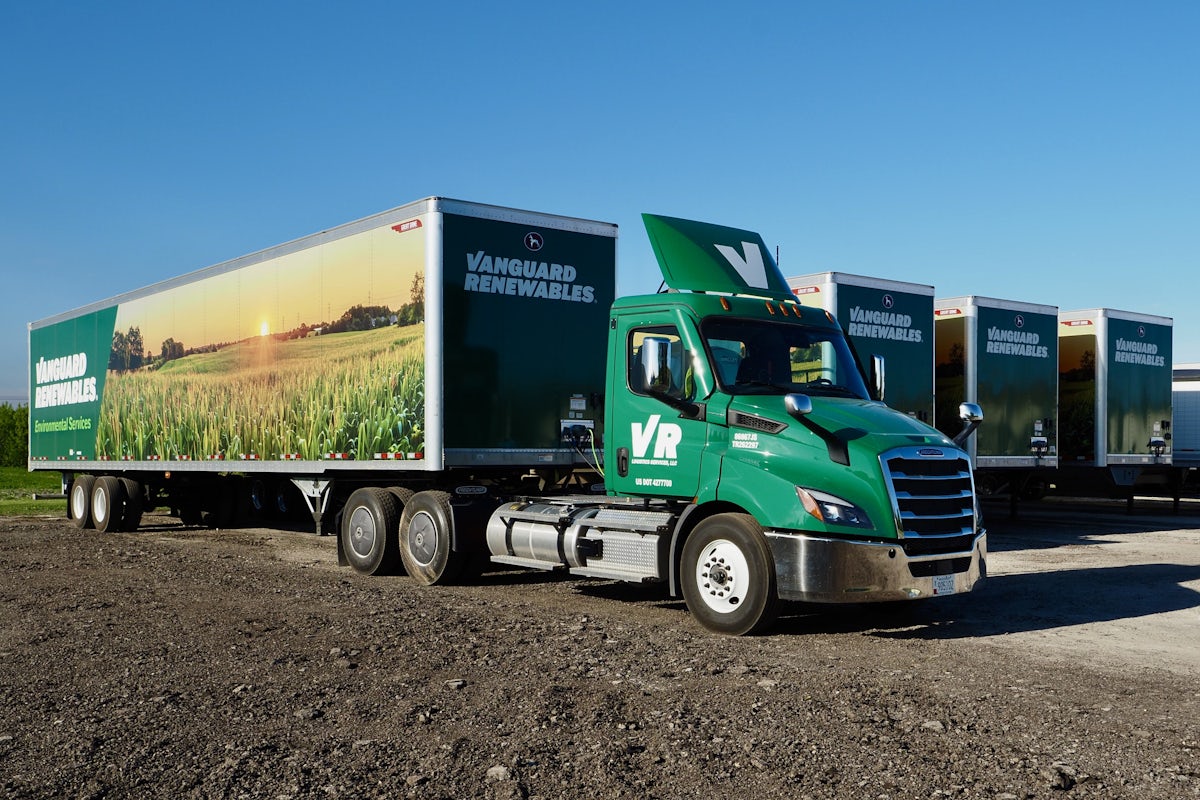Clean Gas Rush – RNG Decarbonization Beyond Road Fuels

Are you exploiting the opportunities from the “Clean Gas Rush”? After decarbonizing natural gas vehicles, Renewable Natural Gas (RNG) is set to support the decarbonization of gas utilities, maritime shipping, data centers, and gas-fired electric generation. Carbon-negative RNG makes the economics work by drastically reducing the cost of carbon abatement and being drop-in or fully blendable in the existing gas infrastructure.
Over the past 5 years, US renewable natural gas production (RNG) has grown with a CAGR of 18%. The clean gas rush accelerated the ascent of carbon-negative RNG, fueled by regulatory mandates and subsidies like the Californian LCFS credits. In 2023, carbon-negative RNG supplied around 79% of on-road fuel for natural gas vehicles in the U.S., and 97% in California. Despite its price sometimes being 20 times higher than fossil natural gas, carbon-negative RNG has been consistently met with high demand due to its convenience and incomparably high carbon abatement potential.
As the Clean Gas Rush made carbon-negative RNG increasingly attractive, the ramp up of ever more sophisticated producers has led to a wider variety of RNG offerings. Indeed, RNG projects vary based on the feedstock they use, which influences the quantities that can be produced, the production costs, and the CI score. For example, RNG made solely from animal manure has a vastly negative CI score of -381 to -151 g CO₂e/MJ, but high production costs (sometimes more than $30 /MMBTU) and a limited ability to scale. Meanwhile, RNG produced from food and agricultural waste has a higher CI score (-23 to 0 g CO₂e/MJ), but lower production costs and an almost infinite ability to scale, growing at ~66% CAGR over the past 5 years. Projects blending both manure and food waste as feedstock have been offering even more promising opportunity to scale cost-effectively.
As larger volumes of RNG become available and more affordable, RNG is replacing natural gas in segments where it stands unrivaled due to both the existing gas infrastructure and strong decarbonization drivers. In this second phase of the Clean Gas Rush, RNG will support the decarbonization of gas utilities, LNG-powered vessels, data centers, and gas-fired power generation.
Dozens of forward-looking gas utilities across North America are already blending RNG in existing gas distribution networks to deliver low-carbon energy to their customers and meet regulatory mandates. Simultaneously, some gas utilities have published long-term gas plans that maintain the gas distribution network as a core asset in in their energy transition strategies, while connecting with their decarbonization strategies.
When blended or as part of a fuel-mix, RNG can also make LNG vessels carbon negative to offset the emissions of shipping companies in the context of IMO compliance. The latest IMO regulations call for net-zero GHG emissions from international shipping by 2050, with interim checkpoints in 2030 and 2040. Recent updates include plans for a global fuel standard and associated economic measures, with penalties of up to $480 per ton CO₂e, accelerating the shift toward cleaner marine fuels. In response, maritime shipping companies are ramping up investment in LNG-fueled and dual-fuel vessels: according to Lloyd’s Register, 305 LNG-fueled ships were ordered in 2024 – 14% of new orders.
Data centers are also showing growing interest in using RNG to fuel their exploding growth with a decarbonized energy source that is compatible with existing gas turbines. Low-carbon RNG is particularly attractive when a site cannot obtain the grid connection that it needs and has to rely on micro-grid or fully islanded configurations. Indeed, the high demand to build up the capacity of US data centers has been hindered by long interconnection queues, with some ISOs having a backlog of up to 8 years. This interconnection backlog, combined with the desire to avoid black/brown-outs at all costs, has made data center companies look into micro-grid with behind-the-meter generators, including gas turbines, which only RNG can decarbonize at scale and make compatible with tech companies’ stringent net-zero targets.
RNG can also play a role in decarbonizing power-generation and is particularly relevant when blended with natural gas to fuel gas-peaking powerplants. Here, the progressive ramp up of renewable energy generators has created a dire need to ensure grid stability with firming resources across all ISOs. Just like RNG supports the decarbonization of gas utilities while using the existing infrastructure, so can it help decarbonize and stabilize the electric grid as more and more intermittent generators are connected.
The decarbonization solutions offered by RNG across these high-demand sectors are not only reliable and immediately available — they are also cost-effective. For utilities, RNG allows decarbonization without having to fully electrify, and while maintaining the use of the existing gas network. In maritime shipping, RNG can achieve emissions abatement at a tenth of the cost of more expensive low-carbon fuels and well below IMO penalties. For islanded data centers, a blend of carbon-negative RNG with natural gas allows to reach net-zero with a Levelized Cost of Energy (LCOE) that is aligned or lower than electricity retail rate in states like California. In the power sector, RNG provides decarbonized firming capacity at a cost that competes with LiB-battery firming, and can even be economically viable to decarbonize a modern baseload gas-fired powerplant.
In all, the “Clean Gas Rush” is only beginning. It is a multifaceted movement that is driven not only by decarbonization efforts but also economic drivers. Low-carbon RNG is a commercially sound, future-proof fuel that can be deployed today.








